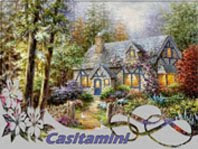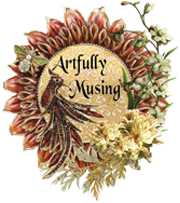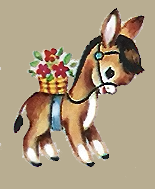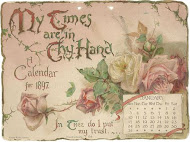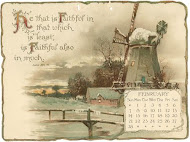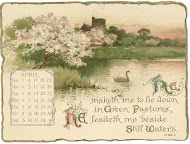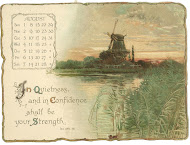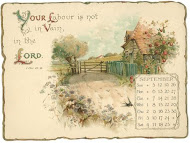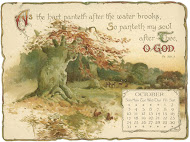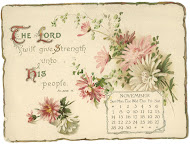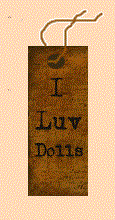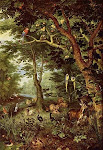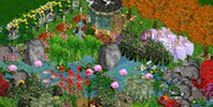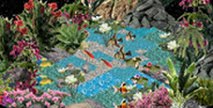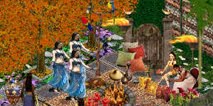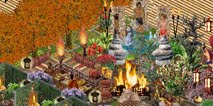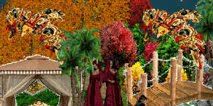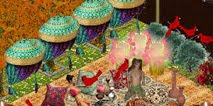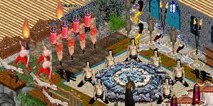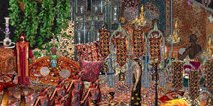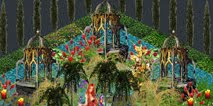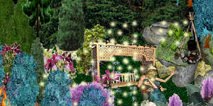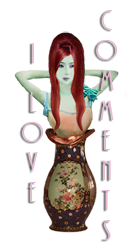Galle, Ceylon
Dear Love,
An extra-ordinary chance encounter occurred when we were travelling along Peddlar Street today. This is one of the little alleyways of Galle in Sri Lanka.
Perhaps I should begin by telling you how completely overwhelmed I am with Galle, a city which historical scholars had linked to the Old Testament Tharsish to which King Solomon sent his merchant ships to "procure gold, silver, ivory , apes and peacocks". As is well known, Galle today is inextricably linked to the great maritime powers of the 16th and 17th centuries, Portugal, Holland and England. A walk around the narrow alleys of the fort at once revealed how the myriad of old streets and houses with their original names and facades remained strongly anchored in their colonial past.
So taken in by the quaint and quiet charm of the houses on this little street that Pam and I must have taken about 100 pictures before I saw this friendly lady standing by her door beckoning me into her home. I was quick to say yes of course , shouting to a surprised Pam who was slightly ahead of me to join us in the house. Sweet Pam was at first a little wary, not being used to such unexpected kindness.
Living Room with antique Dutch plantation chairs
We walked in and was immediately charmed. Simple, unpretentious and yet cosy, obviously decorated and taken care with love, we could tell straightaway that the mistress of the house is proud of her home. 2 seconds into the house and I let out a squeal of delight. "Dollhouse!" I said as I went immediately to the left corner to take a closer look.
Beautiful dollhouse which at first glance looked like it was made with wood. It was in fact made of plastic.
This woman must be psychic, Pam insisted. What is the probability of a complete stranger owning a dollhouse inviting us into her home and allowing us to take pictures? Not remote, I said with a knowing smile. It's just the magic of my mini world.
Basin in the hallway
Come, come. See the rest of the house. My 150 year old house, the lady said. My name is Mrs Latifah, what is yours? That was the last question I remembered her asking as my enthusiasm and fascination with her home took over.
2 antique Dutch plantation chairs
Every little corner was filled with so much history and stories, colours and character. I must take this, oooh so gorgeous, WOW! And on and on and on, click click click.
Here is the bathroom, with a solitary plastic tub but what colours despite the age or perhaps it is because of the age.
Homemade mosquito nets in brilliant colours hanging in different rooms to protect her love ones.
A cupboard that reminds me of home as I have something almost the same as this one, in my kitchen. I too use it to display my glasses and plates except Mrs Latifah has way more than I do.
Courtyard where Mrs Latifah plants her own vegetables, dry her clothes and watch the rain. The courtyard sits right in the centre of the house with 5 rooms surrounding it.
Mrs Latifah's pride and joy which she showed off proudly to us. Brinjals? Pam asked, do you really cook them ? Mrs Latifah nodded yes at the silly question.
Traditional mortar for pounding grain and sitting on the slab of stone is a different one for crushing chillies.
Cooking area
Many meals must have been cooked in these pots and pans which were stored in another room.
Pictures of the dining room.
Things which make Mrs Latifah happy and her home pretty.
Details of a window
It was almost 20 minutes later before we finished taking all the pictures. We then asked Mrs Latifah to write down her address for us in Pam's little book. When we came back to the hotel, we realised that she had written No.XXX, Peddlar's Street, Galle, Ceylon, the old name of Sri Lanka, a name the country has not used since 1972.
Remember to write as soon as possible, Mrs Latifah said as we left her house. Bye!
Bye, Mrs Latifah!
I know Mrs Latifah will not be reading this anytime soon but at least I fulfilled my promise to write as soon as possible. Thank you Mrs Latifah! And for you, my love, I hope you have enjoyed the house as much as me, Pam and Mrs Latifah. See you in Kandy, or maybe Colombo or more likely Singapore.




















